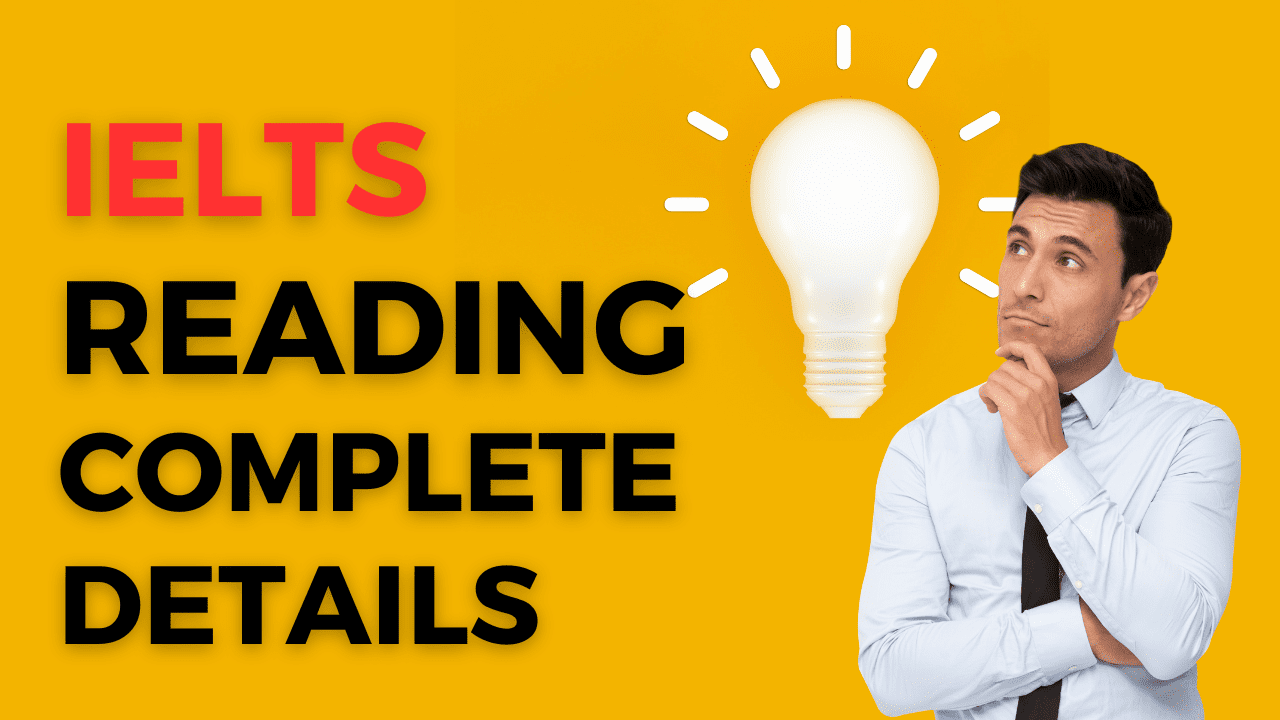Sean’s IELTS Reading Computer-Based Exam Experience
Recently, I took a computer-based IELTS reading exam in London, and I’m eager to share my experience. The previous year, I had undertaken a paper-based exam, achieving a commendable score of eight. In this guide, I will shed light on vital strategies and tips to excel in the IELTS Reading section. I’ve also curated content on making an informed choice between paper-based and computer-based exams, as well as insights on the IELTS Listening segment. Stay tuned for future guides on the Writing and Speaking sections!
IELTS Reading: Tips and Insights
-
Exam Format:
- The IELTS Reading segment comprises 40 questions to be addressed in 60 minutes. For the academic variant, there are three extended passages, while the general training format includes five shorter, academic-themed passages. These passages lean more towards scientific content. To achieve a band seven in the academic version, one must answer at least 30 questions correctly, whereas in the general training version, a minimum of 34 correct answers is requisite for the same band score.
Example: If you’re opting for the academic route, anticipate encountering in-depth scientific discourses.
-
Time Management:
- Time is of the essence in the IELTS reading. With substantial content to peruse and questions to locate, effective time management is pivotal. Typically, the first passage is relatively straightforward, while the final one poses greater challenges. Though guidelines suggest dedicating 20 minutes to each section, it’s more strategic to allocate 15 minutes for the first, 20 for the second, and 25 for the last. Prioritizing rapid progression through questions is advantageous. If stumped by a query, it’s advisable to mark it for review and proceed to the next. Revisiting it later, post-completion of all questions, enhances the likelihood of achieving higher scores.
Example: If you’re struggling with a question about the main idea of a paragraph, mark it and move on to detail-oriented questions which might be easier to locate.
Best IELTS online channel with tons of tips and resources: https://www.youtube.com/@hzadeducation-coachingcent986
-
Transferring Answers:
- In the paper-based format, initial answers are marked on the question sheets. Unlike other exams, there’s no additional time to transfer these answers; everything must be wrapped up within the stipulated 60 minutes. A pragmatic approach involves answering a set of questions, then immediately transferring those answers. Procrastinating this crucial step can result in dire consequences, such as having a chunk of your answers invalidated due to time constraints. Conversely, the computer-based exam simplifies this process. Answers are directly selected on the screen, eliminating the need for any transfers. Comparatively, many find the computer-based format more user-friendly due to features like a comprehensive screen view, concurrent display of questions, and a visible timer.
Example: Imagine the peril of neglecting answer transfers and having five or more answers disqualified at the culmination of your exam!
Why do students always fail IELTS? This course not only explains that but GUARANTEES your results or your MONEY-BACK! With 100,000 copies sold, check out why this course has internet’s best reviews (IMMEDIATE ACCESS AVAILABLE): https://hzadeducation.com/product/classes-ielts/
-
IELTS Reading Strategy:
- Reading strategies can vary based on individual strengths. Some opt to read the entire passage initially and then tackle the questions. This approach suits fast readers with a good memory retention capacity. However, others might find it counterproductive, as they might forget key points by the time they address the questions. An alternative strategy involves skimming the text swiftly, pinpointing relevant sections based on questions, and delving deeper into pertinent segments for answers.
Example: If a question pertains to the author’s opinion on a topic, skimming till you locate that specific detail can save time.
-
Question Order:
- A majority of questions in IELTS reading follow the sequence of the passage, facilitating a streamlined approach of answering as one reads. However, certain question types, like matching headings or paragraphs, aren’t sequential. Awareness of this pattern aids in efficient time management.
Example: If you’re matching headings to paragraphs, it’s not necessarily sequential. The heading for the third paragraph might be option ‘A’.
-
Navigating Complex Topics:
- The IELTS reading section often delves into intricate subjects. Encountering unfamiliar terms is commonplace. The trick is to discern keywords in questions, highlight or underline them, and scout for their synonyms or paraphrased versions in the passage. This technique aids in zeroing in on the right answers.
Example: A question might use the term “beneficial,” while the passage might refer to it as “advantageous.”
-
Highlighting Crucial Information:
- On spotting names, dates, theories, or places, it’s prudent to highlight them. In the paper-based version, a simple pencil underline suffices, whereas the computer-based exam offers a digital highlighting function. This tactic streamlines the process of locating pertinent details swiftly.
-
Question Time Allocation:
- Avoid being ensnared by particularly challenging questions. In my experience, marking uncertain questions for later review proved beneficial. After addressing all queries, I revisited these marked questions, employing a more contemplative approach. Certain question types, such as “true/false/not given” or “yes/no/not given,” and matching headings can be especially tricky. Investing time in mastering these beforehand is advantageous.
Example: In the “true/false/not given” category, understanding the difference between a false statement and an unmentioned detail is crucial.
I hope you find these insights valuable for your IELTS reading preparation. Stay updated for upcoming guides on IELTS writing and speaking. Links to all mentioned videos and additional resources can be found in the video description. Best wishes for your preparation and upcoming exam!


